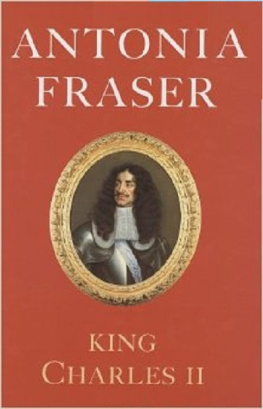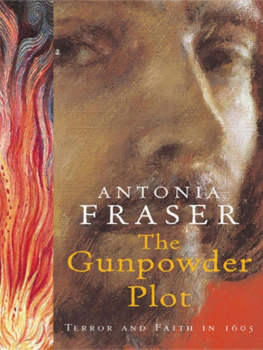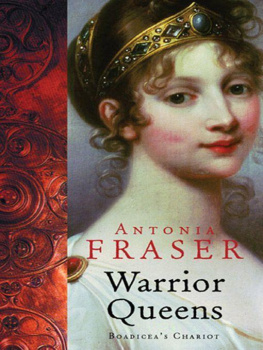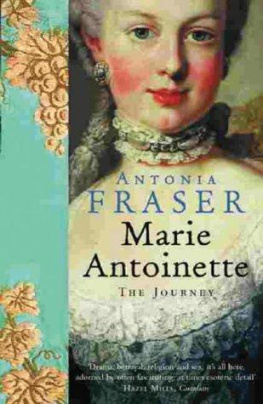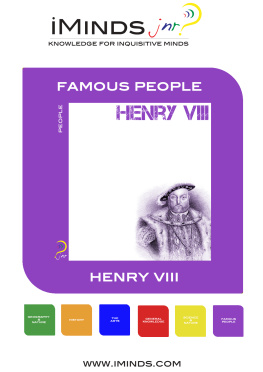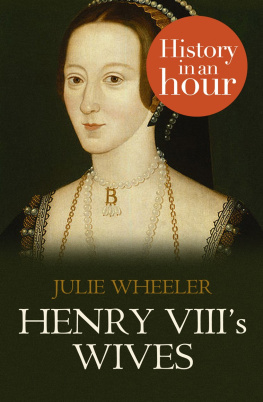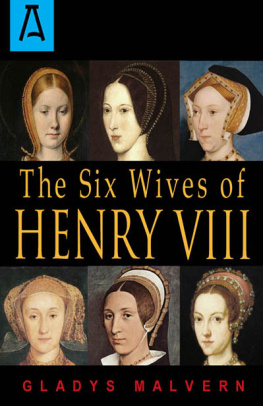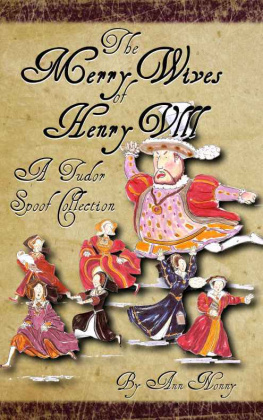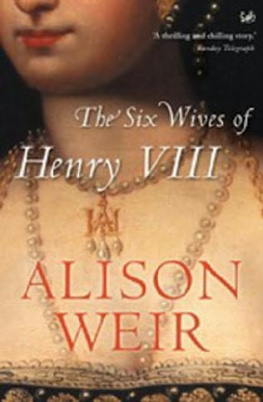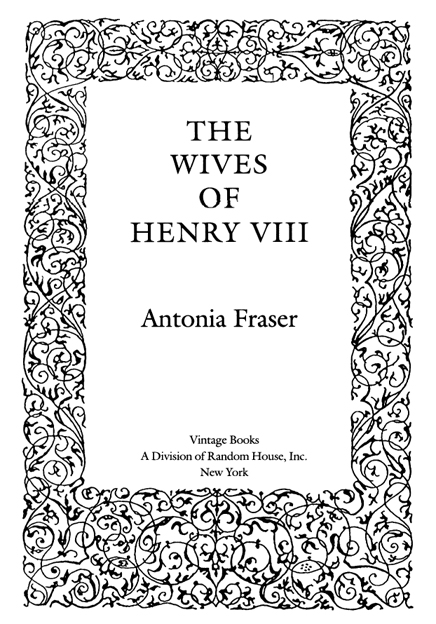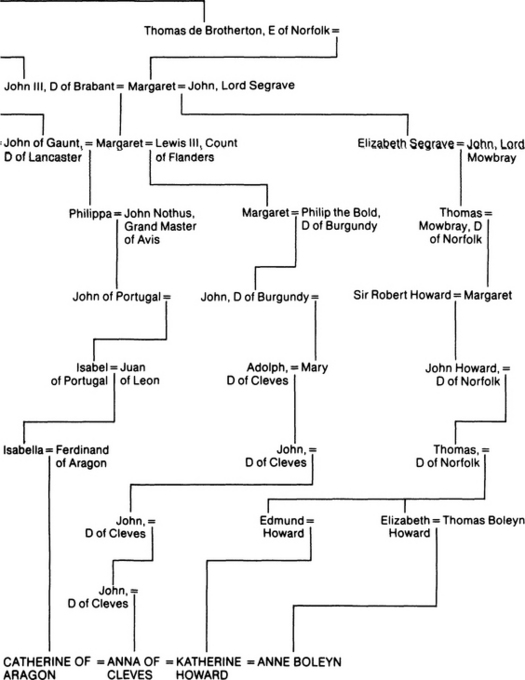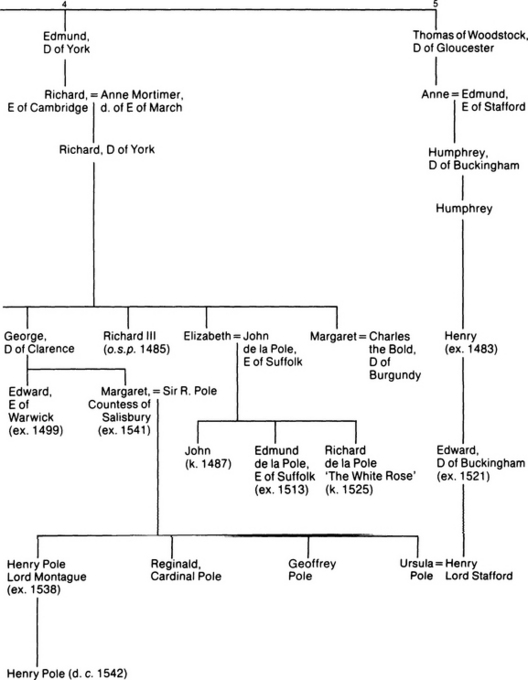Acclaim for Antonia Frasers
THE WIVES OF HENRY VIII
A wonderful story often done with dry wit.
Boston Globe
[Antonia Fraser] tells the whole truth about [Henrys] wives with great human understanding, scholarship and vivid readability. A miracle of impartiality.
A. L. Rowse, Washington Times
[Fraser] has succeeded where no other British writer of her generation has.
Cleveland Plain Dealer
Verve and [an] insiders understanding a charming book.
St. Louis Post-Dispatch
From her scrupulous research and informed interpretations Fraser succeeds in presenting Henrys queens as complex and intelligent women. A major contribution to feminist scholarship.
Publishers Weekly
With a firm grasp of her material, Fraser admirably catches the lusty flavor of the period in this well produced and handsomely illustrated book.
Chicago Tribune
For anyone who wants a one-volume account of the astonishing reign of this king, The Wives of Henry VIII presents a useful, clear history.
Wall Street Journal
ALSO BY ANTONIA FRASER
Nonfiction
Mary Queen of Scots
Cromwell: The Lord Protector
King James VI and I
The Lives of the Kings and Queens of England
Royal Charles: Charles II and the Restoration
The Weaker Vessel
The Warrior Queens
Fiction
Quiet as a Nun
The Wild Island
A Splash of Red
Jemima Shores First Case and Other Stories
Cool Repentance
Anthologies
Scottish Love Poems
Love Letters
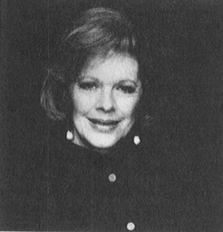
Lady Antonia Fraser
THE WIVES OF HENRY VIII
Lady Antonia Fraser is the author of Mary Queen of Scots, Cromwell, King James VI and I, Royal Charles, The Weaker Vessel, and The Warrior Queens.

FIRST VINTAGE BOOKS EDITION, JANUARY 1994
Copyright 1992 by Antonia Fraser
All rights reserved under International and Pan-American Copyright Conventions. Published in the United States by Vintage Books, a division of Random House, Inc., New York. Originally published in Great Britain as The Six Wives of Henry VIII by George Weidenfield and Nicholson Limited. This edition first published in the United States by Alfred A. Knopf, Inc., New York, in 1992.
Library of Congress Cataloging-in-Publication Data
Fraser, Antonia, 1932
The wives of Henry VIII/Antonia Fraser.1st Vintage Books ed.
p. cm.
Includes bibliographical references.
ISBN 0-679-73001-X
eBook ISBN: 978-0-8041-5261-7
1. Great BritainHistoryHenry VIII, 15091547Biography. 2. Marriages of royalty and nobilityGreat BritainHistory16th century. 3. Henry VIII, King of England, 14911957Marriage. 4. QueensGreat BritainBiography. I. Title.
DA333.A2F73 1994
942.0520922dc20
[B] 93-11879
Author photograph Sophie Baker
v3.1
CONTENTS
For Harold
with love
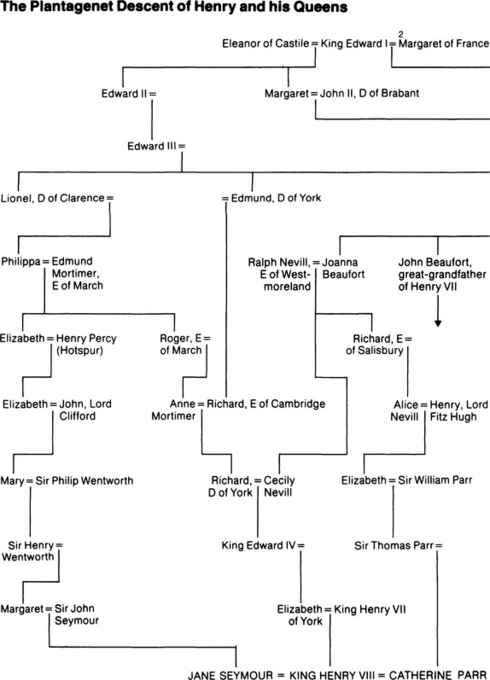
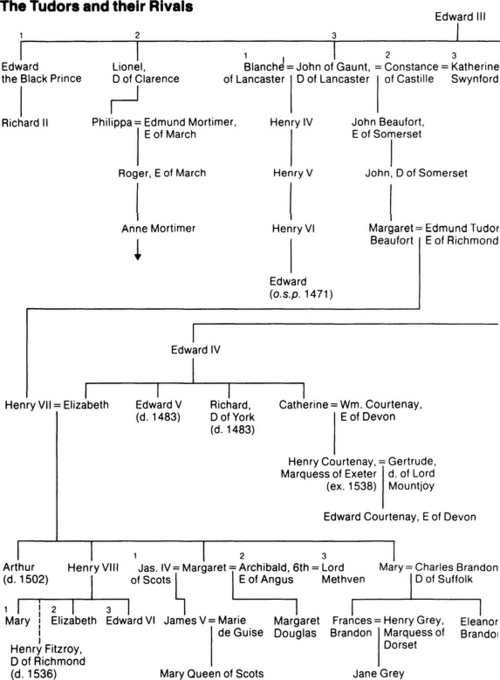
PROLOGUE
D ivorced, beheaded, died divorced, beheaded, survived : you can hear this rhyme, recalling the order of Henry VIIIs wives, like an endless respectful susurration on the lips of visitors to the historic places associated with them. So the six women have become defined in a popular sense not so much by their lives as by the way these lives ended. In the same way their characters are popularly portrayed as female stereotypes: the Betrayed Wife, the Temptress, the Good Woman, the Ugly Sister, the Bad Girl and, finally, the Mother Figure. The perils of such stereotyping were once forcibly illustrated to me on a visit to Hever Castle when I listened to a knowledgeable schoolchild pronounce on a presumed portrait of Anna of Cleves: Thats her, the ugly one. To which his companion agreed: Thats right, shes dead ugly except that they were both actually looking at a picture of the Temptress Anne Boleyn.
A more sophisticated example is provided by the treatment of the six women in religious terms, given that this was a period when religion and the question of religious reform was the dominant issue in Europe. Catherine of Aragon is crudely assumed to have been a bigoted Catholic, as we should now understand the word (although in her prime distinguished for her patronage of Erasmian humanism the New Learning); Anne Boleyn displayed strong Protestant tendencies, once again in modern terms, long before the action of Rome in blocking her marriage to the King made her the natural ally of the reformers; Jane Seymour, who has gone down in history as the Protestant Queen, adhered in fact to the old ways in religion; Anna of Cleves, married for her Lutheran connection, was a natural Catholic; Catherine Parr was the true Protestant Queen. The truth as so often where the female in history is concerned is both more complicated and more interesting than the legend.
My first aim in writing this book has therefore been to look at the women behind the stereotypes how far if at all did they deserve such labels? as well as relating six life stories which are fascinating in themselves, quite apart from the manner in which they ended. With this in mind, I have tried wherever possible, without straining too much, to avoid hindsight. In short, although we know Henry VIII will marry six times, we must always remember that he did not.
The early sixteenth century was a time when prophecies were popular and prophets were confident: men and women puzzled over ancient rhymes which might (or might not) be held to have predicted such mighty topics as the fall of Cardinal Wolsey, the split from Rome, and the dissolution of the monasteries. But no one ever predicted that the King would marry six times and, if they had, he would not have believed it. Nor for that matter would any of his six queens have believed the various destinies which lay in store for them, if predicted at birth: not one but two princesses were to die cast off; equally surprisingly, four women of modest enough birth were to become royal consorts; most astonishingly of all (as it would have seemed) two of these apparently unexceptional women were to die a traitors death.
Lastly, of course, no one could have predicted that the lithe and golden-haired Prince Charming who ascended the throne of England just before his eighteenth birthday in 1509 the handsomest prince in Europe would die nearly forty years later, a monster of obesity, with a reputation more like that of Bluebeard than Prince Charming. Let us not forget that the story of the six wives of Henry VIII, with all its elements of sexual drama, pathos, horror, and at times, comedy, filled Europe itself with amazement. The King of France no stranger himself to extramarital pastimes was incredulous when told that his brother of England had just repudiated his fourth wife of six months standing in favour of a nubile little creature of whom no one had ever heard, young enough to be the granddaughter of his first wife. The Queen that now is? enquired Franois I and on being told that it was, he let out a deep sigh. An indiscreet lady-in-waiting spoke for many when she exclaimed in 1540: What a man is the King! How many wives will he have?


